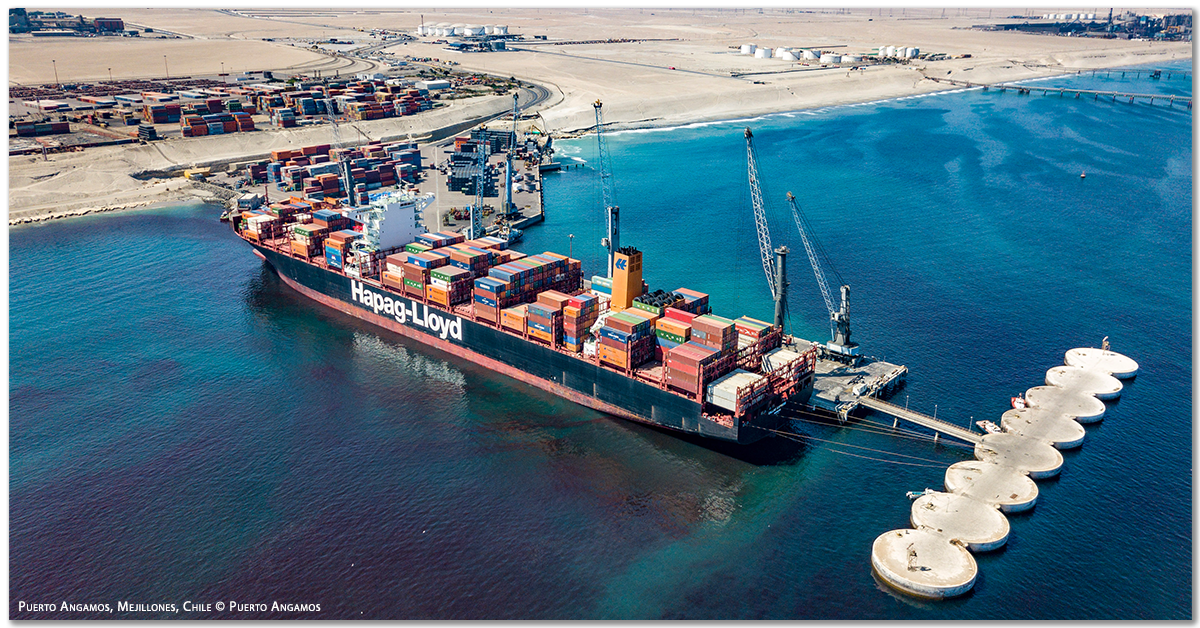Although sheet piles have proven their performance under earthquake loading in many countries around the globe, a reluctance to use sheet piles in seismic areas remains among some designers. This concern may come from their experience of conventional design methods which do not favour flexible walls in seismic conditions. These design methods usually comprise of pseudo-static calculations using the Mononobe-Okabe theory (1931).
Numerical studies and physical experiments (centrifuge testing) have shown that these conventional methods of design are overestimating the loads on retaining walls, and especially in the case of flexible walls.
Today, powerful design tools using Finite Element Modeling (FEM) allow dynamic calculations that can accurately predict the behaviour of the retaining walls undergoing different seismic loadings. A research project led by ArcelorMittal R&D and a study carried out by world-leading maritime consultant engineering company SENER have shown substantial optimization potential when using these advanced design methods.
Feel free to contact us for more detailed information or for assistance with dynamic design of sheet piles using FEM.

Breakwater at Puerto Angamos, Mejillones, located in a seismic area in Chile, with circular cells made from AS500 straight sheet piles